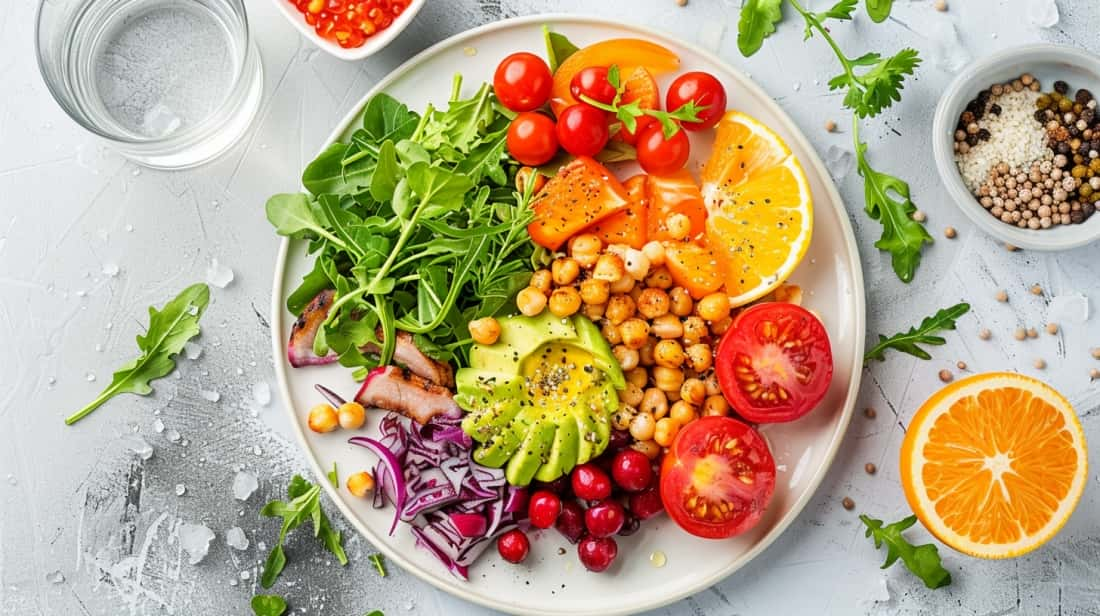When exploring the world of weight loss diets while breastfeeding, it’s vital to tread carefully like balancing on a tightrope.
We acknowledge the challenges of shedding postpartum pounds while ensuring a healthy milk supply for your little one.
Let’s delve into how to manage this delicate balance and uncover practical tips that can assist in your journey towards achieving your weight loss goals without compromising your breastfeeding relationship.
Key Takeaways
- Prioritize nutrient-dense foods for energy and milk production.
- Balance diet and exercise for gradual weight loss.
- Consult healthcare provider for personalized advice.
- Celebrate milestones and prioritize self-care in the journey.
Nutrition Essentials
When aiming to optimize milk production while breastfeeding, it’s essential to prioritize nutrient-dense foods in our daily diet. Consuming between 1,800-2,200 calories is critical for both adequate milk supply and supporting our body’s needs postpartum. Instead of focusing solely on losing weight, we should concentrate on nourishing ourselves with a variety of fruits, vegetables, whole grains, lean proteins, and healthy fats. These foods not only provide essential nutrients for us and our baby but also aid in maintaining energy levels throughout the day.
Restrictive diets should be avoided as they can negatively impact milk production and overall health. It’s important to consult with our healthcare provider for personalized dietary recommendations that align with our individual nutritional requirements. By staying hydrated with water and clear fluids, we support our breastfeeding journey and contribute to potential weight loss in a healthy manner. Prioritizing nutrient-dense foods in our diet guarantees that we’re providing the best possible nourishment for ourselves and our little one.
Hydration Importance

Staying adequately hydrated is essential for peak milk production and overall well-being while breastfeeding. As breastfeeding mothers, ensuring we meet our daily water intake needs is important for maintaining a healthy milk supply and supporting our weight loss journey.
Here are some key points to think about regarding the importance of hydration:
- Best Milk Supply: Adequate hydration plays a crucial role in ensuring a plentiful milk supply for your little one.
- Boosting Metabolism: Drinking enough water can help boost your metabolism, aiding in weight loss efforts postpartum.
- Sustaining Energy Levels: Proper hydration is important for maintaining energy levels, which can be particularly beneficial during the demanding period of breastfeeding.
- Overall Well-being: Hydrating well not only supports milk production but also contributes to your overall health and well-being during this critical stage of motherhood.
Listening to Your Body
Maintaining a healthy balance between hunger and fullness cues is key to supporting our bodies while breastfeeding and starting on a weight loss journey. By paying attention to our hunger cues and eating when we’re truly hungry, we can avoid overeating and nourish ourselves effectively.
Equally important is recognizing when we’re satisfied and stopping eating at that point. Choosing nutrient-dense foods not only supports our weight loss goals but also provides essential nutrients for both ourselves and our baby during breastfeeding.
It’s essential to be aware of emotional eating triggers and practice self-care to manage stress effectively, as stress can impact our eating habits. Trusting our bodies and adjusting our diets based on our individual needs and preferences can help us find the right balance.
Listening to our bodies, honoring hunger cues, and practicing stress management are crucial components of a successful weight loss journey while breastfeeding.
Exercise Tips

To enhance your weight loss journey while breastfeeding, incorporating exercises such as walking, jogging, or yoga postpartum can be beneficial. These activities not only help burn calories but also improve overall well-being. Here are some tips to take into account:
- Focus on core toning workouts like Pilates to strengthen your abdominal muscles, which may have weakened during pregnancy.
- Make sure proper hydration before, during, and after exercise to support milk production and prevent dehydration.
- Gradually introduce resistance and weight training into your routine to build muscle, boost metabolism, and aid in weight loss.
- Consult with your healthcare provider before starting any exercise regimen to ensure it aligns with your postpartum recovery and breastfeeding journey.
Postpartum Weight Loss Strategies
Implementing a balanced diet and incorporating safe exercises are key components of successful postpartum weight loss strategies for breastfeeding mothers. It’s vital to set realistic weight loss goals, aiming for around 1-2 pounds per week to lose weight safely.
Focus on nutrient-dense foods like fruits, vegetables, whole grains, lean protein, and healthy fats to support postpartum weight loss while maintaining essential nutrients for breastfeeding. Consuming the right amount of calories per day is critical; eating too few can impact milk supply.
Stay hydrated with water and clear fluids to aid in weight loss and make sure you’re producing enough milk for your baby. When starting regular exercise around 6 weeks postpartum, opt for safe activities like walking, yoga, or core-toning workouts to promote healthy weight loss without risking injury.
Frequently Asked Questions
Can I Follow a Strict Diet Plan While Breastfeeding to Lose Weight Faster?
Yes, we can consider a balanced diet while breastfeeding to support gradual weight loss. It’s essential to consult with a healthcare provider for a personalized plan that meets your nutritional needs and supports both you and your baby’s health.
Will Losing Weight Too Quickly While Breastfeeding Affect My Milk Supply?
Prioritizing a gradual, sustainable approach to weight loss is crucial while breastfeeding to support both your health and milk production. Consulting a healthcare provider is wise.
Are There Any Specific Foods I Should Avoid While Trying to Lose Weight While Breastfeeding?
When aiming for weight loss while breastfeeding, it’s wise to steer clear of highly processed foods, excessive caffeine, and alcohol. Opt for nutrient-dense choices to support your health and milk supply – think vibrant fruits, veggies, and lean proteins!
How Can I Ensure I Am Getting Enough Nutrients for Both Myself and My Baby While on a Weight Loss Diet?
To make sure we get enough nutrients for both us and our baby while on a weight loss diet, we focus on balanced meals with plenty of fruits, veggies, lean proteins, and whole grains. Consulting a healthcare provider is key for personalized guidance.
Is It Safe to Take Weight Loss Supplements or Appetite Suppressants While Breastfeeding?
While breastfeeding, we advise against taking weight loss supplements or appetite suppressants without consulting a healthcare provider. These substances can pass into breast milk and may affect the baby. Prioritize healthy, balanced eating and gentle exercise for weight loss.
Conclusion
While it may be tempting to rush into drastic weight loss while breastfeeding, remember that gradual progress is key to maintaining your milk supply and overall health.
By prioritizing nutrient-dense foods, staying hydrated, listening to your body’s hunger cues, and incorporating gentle exercise, you can achieve your postpartum weight loss goals successfully.
Trust the process, be patient with yourself, and remember that your well-being and your baby’s needs are top priorities.









